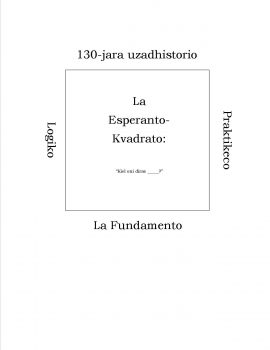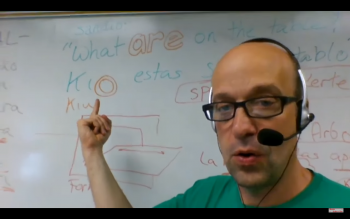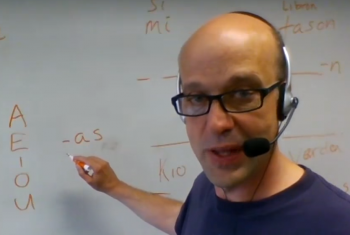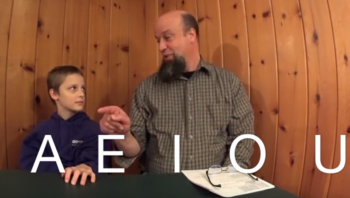Esperanto: We don’t just make things up Posted by Tomaso on Sep 19, 2018

Esperanto – where have you been all my life? It’s a common feeling when we find out about Esperanto to be pretty excited. For me, I’d known since fifth grade that Esperanto exists, but I didn’t know it was a thing you could actually learn – and speak with real people – till much later…
Why is Kio never plural – Esperanto Correlatives Posted by Tomaso on Aug 27, 2018

Esperanto is an “Easy Language” One thing which we all learn (hopefully) early on in our pursuit of Esperanto is that there’s no such thing as an “easy language.” While Esperanto speakers often report a higher level of success with Esperanto compared to other languages they’ve learned (or tried to learn), Esperanto is not without…
If you only remember two things from your basic Esperanto class Posted by Tomaso on Jul 16, 2018

Basic Esperanto Class As I write this, I’m just back from two weeks of teaching at the North American Summer Esperanto Institute (In Esperanto: NASK – short for Nord-Amerika Somera Kursaro). On the last day, I told my students that if they only remember two things from our time together, let it be these two…
Where are you from? Are you one of us? De vs El Posted by Tomaso on Jun 25, 2018

A big thanks to my student Ŝano for this question. When do you use el and when do you use de? De vs El — different kinds of “from” in Esperanto Prepositions are very much the heart of a language. To master a language, it is essential to know both how to use them and…
Esperanto Adjectives – Love ’em, don’t leave ’em Posted by Tomaso on May 31, 2018

What’s the best method for describing things in Esperanto? All languages need a way to describe things. Is it big, small, fast, good, bad? These words are called adjectives. In Esperanto, adjectives end in –a. If you want to describe something in Esperanto, look for a word that ends in -a: granda – big malgranda –…
Two pitfalls for three Esperanto tenses Posted by Tomaso on Apr 23, 2018

In Esperanto the vowels tell time When expressing ideas in a new language, you’re going to want to be able to indicate when something happened. This is called “tense.” Esperanto has three tenses – present, past, and future. This sounds pretty simple, but there are a few pitfalls to avoid. If you’re just starting out with…
Sinprezento or Memprezento? Self-as-prefix in Esperanto Posted by Tomaso on Mar 19, 2018

Just when I thought that I had said everything I could say about si and mem – the two words for “self” in Esperanto, a question came in about using sin– and mem– as prefixes. As a result, we’re continuing the series. This is the third part (see also: part 1 and part 2). Sinprezento or…


